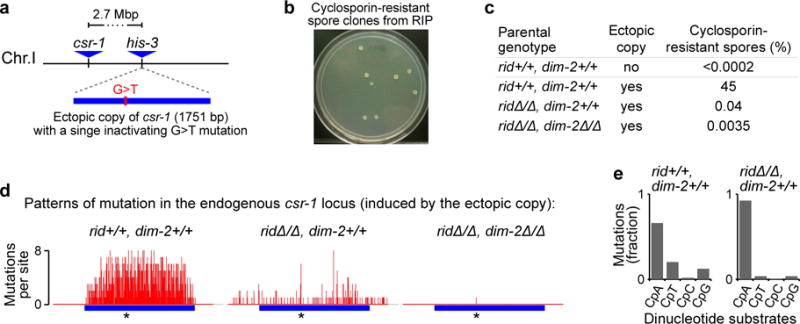Figure 5. DIM-2-mediated RIP can target repeats at widely separated genomic positions.

a, A pair of widely-separated repeats of the csr-1 gene: the inactive ectopic copy of csr-1 is inserted near the his-3 gene, 2.7 million base-pairs away from the endogenous csr-1 locus.
b, Inactivation of the endogenous csr-1 gene by RIP produces cyclosporin-resistant colonies originating from individual progeny spores.
c, The percentage of cyclosporin-resistant spores produced in different genetic backgrounds. Because the ectopic repeat is present in only one of the two parental strains, the maximum expected level of cyclosporin-resistant progeny is 50 per cent.
d, Patterns of RIP mutation in the endogenous csr-1 locus induced in the presence of the ectopic csr-1 copy (integrated near the his-3 gene). The per-site number of mutations is reported for sets of unique csr-1 alleles. “*” denotes the position of the existing G-to-A mutation in the ectopic csr-1 copy. The number of replica crosses, the total number of sequenced cyclosporin-resistant progeny, and the number of unique csr-1 alleles were as follows: X29 - 1 cross, 10 sequenced spores, 10 unique alleles; X30 - 9 crosses, 70 sequences spores, 34 unique alleles; X31 - 3 crosses, 28 sequenced spores, 1 unique allele. A cluster of 20 cyclosporin-resistant progeny spores was likely produced in the ridΔ/Δ, dim-2Δ/Δ background by a single gene-conversion event that have occurred early in the pre-meiotic lineage undergoing RIP.
e, Dinucleotide (CpN) context of RIP mutations.
